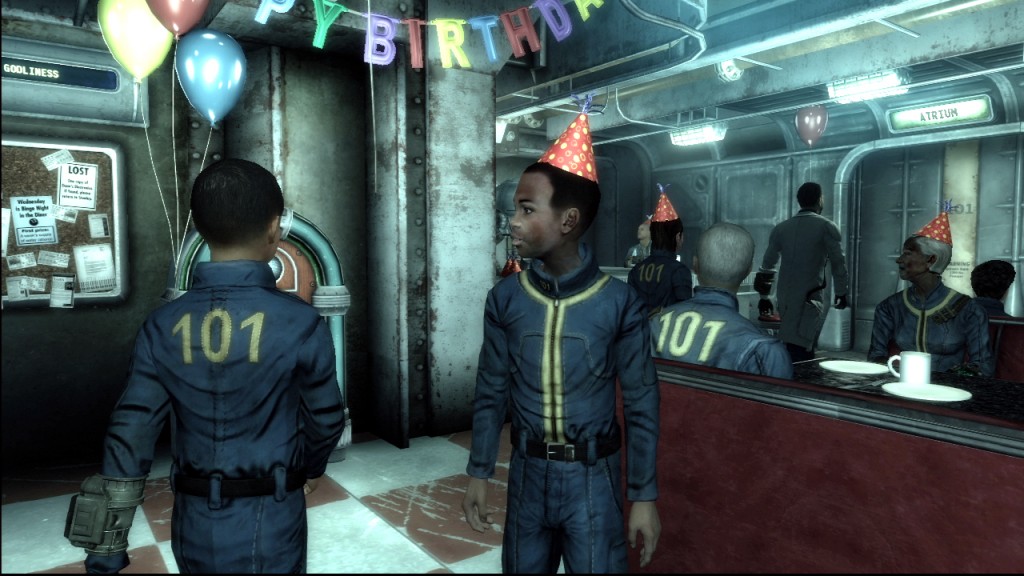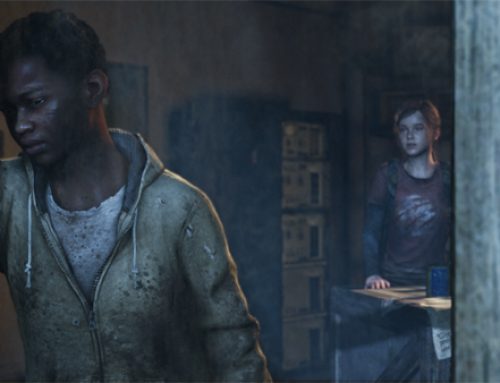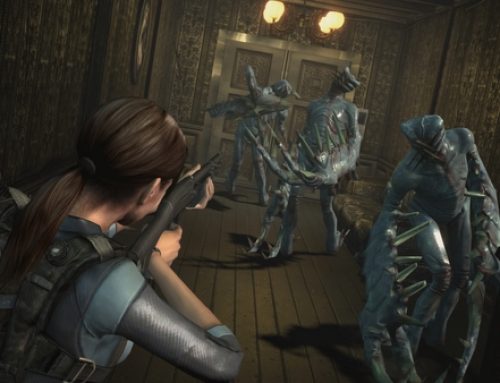At a recent Konami press event in San Francisco, I finally got a chance to try out “Metal Gear Solid: Peace Walker,” arguably the year’s biggest PlayStation Portable game. Although the demo I played has been available via the PlayStation Network for a few months, I don’t have a PSP, so everything was new to me.
Unfortunately, the conditions in which I played the game weren’t ideal. The PSP was tethered to a table to prevent theft, while the demo station was situated so that I constantly had to move out of the way of passers-by and camera men. I only played the very beginning of the game, the tutorial explaining how the game’s close-quarters combat system worked.
Earlier this week, I wrote an article for Kotaku about the tutorial, in which the game’s hero, Big Boss, basically just beats up a bunch of guys wearing ski masks on an otherwise empty beach, while the control scheme is explained by a drill instructor. Such a set-up seemed so early ’00s to me. These days, most successful game tutorials have some ancillary function besides just teaching you how to play. Typically, you’re also advancing the game’s plot, or learning useful information about the world you’re going to be adventuring in. While the close-quarters combat tutorial is entirely skippable, the information it imparts is extremely helpful, making me think it could’ve been better integrated into “Peace Walker’s” core action.
With that in mind, here are a few games that excel at teaching gamers how to play them. Some have tutorials, while others slowly roll out new gameplay elements, gradually turning you into an expert. You can make the point that these are all big-budget releases that are played on PCs or consoles, rather than handheld devices, but I cry hogwash. We’ve been hearing all this time about how “Peace Walker’s” budget and development team were massive by the standards usually used for handheld games, and nothing about any of these tutorials precludes something similar from being done on handhelds. This piece isn’t meant as a “best of,” and it’s obviously skewed toward titles I’ve played relatively recently, as I remember them best. If I’ve left out your favorite tutorial, feel free to sound off in the comments.
“Fallout 3”: The first half-hour, in which you witness your character’s birth, learn how to walk, familiarize yourself with the game’s PDA-like menu system, get your first firearm (a BB gun) and choose what skills to specialize in, is the gold standard for tutorials. By starting the story with your birth, developer Bethesda Softworks can cover the basics like making sure you have the game’s camera properly oriented without the incongruity of having one grown man tell another man how to walk and look around.
“Fallout 3’s” tutorial really succeeds in the way it establishes your character’s bond with his father, a relationship that’s vital to its core story. In an open-world game like “Fallout 3,” where every player’s path is bound to be unique, the foundation a developer lays within the first hour or so of gameplay is critical, and everything else hinges on it. Peter Molyneux’s “Fable” and “Fable II,” which also begin during the playable character’s childhood years, offer another example of the approach.
“Halo: Combat Evolved”: I list this game not because it’s a sterling example of what a tutorial can accomplish. No, it’s here because this game is from way back in 2001. The opening tutorial, in which Master Chief is brought out of stasis and escapes the ship The Pillar of Autumn while the Covenant attack, should be a base line for all game tutorials. It introduces the hero and several primary characters, plus establishes the conflict between humans and the Covenant — a theocratic coalition of alien races. The closed quarters of the Pillar of Autumn also serve as a nice contrast to the open-sky splendor of the halo installation Master Chief and Cortana crash-land on.
“Grand Theft Auto IV”: The transition from “GTA IV’s” opening cinematic to its first mission, driving your drunken cousin back to his apartment, is absolutely seamless. From there, the game’s first few missions introduce you to the core rules governing the “GTA” universe while letting you engage in the series’ signature mayhem. The training wheels are off from the get-go.
“Heavy Rain”: Although the prologue for Quantic Dream’s murder mystery is a little lengthy, the first chapter, in which you get Ethan Mars out of bed and have him brush his teeth, shave, take a shower and get dressed, among other things, effectively introduces you to the game’s control scheme. It also establishes the stability and happiness of Ethan’s stereotypical home life before everything gets ripped apart, beginning in the next chapter.
“Portal”: This mix of puzzles and first-person shooting does such an excellent job teaching gamers how to play it, you don’t even notice it. In Test 00 (above), you start off with no portal-making weaponry at all, but by the end of it, you should have the hang of moving around and using objects to solve simple puzzles. More importantly, you’re introduced to GLaDOS, the game’s sinister villain, and the idea, through the glitched audio, that something’s gone awry at Aperture Science.
“Gears of War 2”: This tutorial isn’t an all-time great or anything, but it’s clever in the way that it teaches you — playing as the first game’s hero, Marcus Fenix — how to play without the fourth-wall-shattering charade of acknowledging that the war hero may not know how to look around, take cover or reload a rifle. In “Gears of War 2’s” tutorial, you’re tasked with bringing a new recruit up to speed. It’s a clever bit of shifting your n00bness onto a non-player character and helps keep things immersive.
“The Legend of Zelda,” “inFAMOUS,” “Final Fantasy XIII” and other tutorial-less titles: These games don’t have tutorials, so much as they start simple, then gradually ramp up the complexity as you play the game. In the original “The Legend of Zelda,” for example, you start off without any weapons whatsoever, but you gradually gain access to three different swords, two boomerangs, two candles, bombs, a bow and arrow and other gadgets. “inFAMOUS” works in the same way, introducing a new ability each time you restore power to an electrical substation. You start out able to shoot lightning bolts from your hands, but by the end of the game, you’re surfing on electrical wires to get the drop on your enemy, gliding to the ground behind him and using bursts of energy to hurl cars at him. “Final Fantasy XIII” spends 25 to 30 hours teaching you how its complex battle and leveling systems work.




